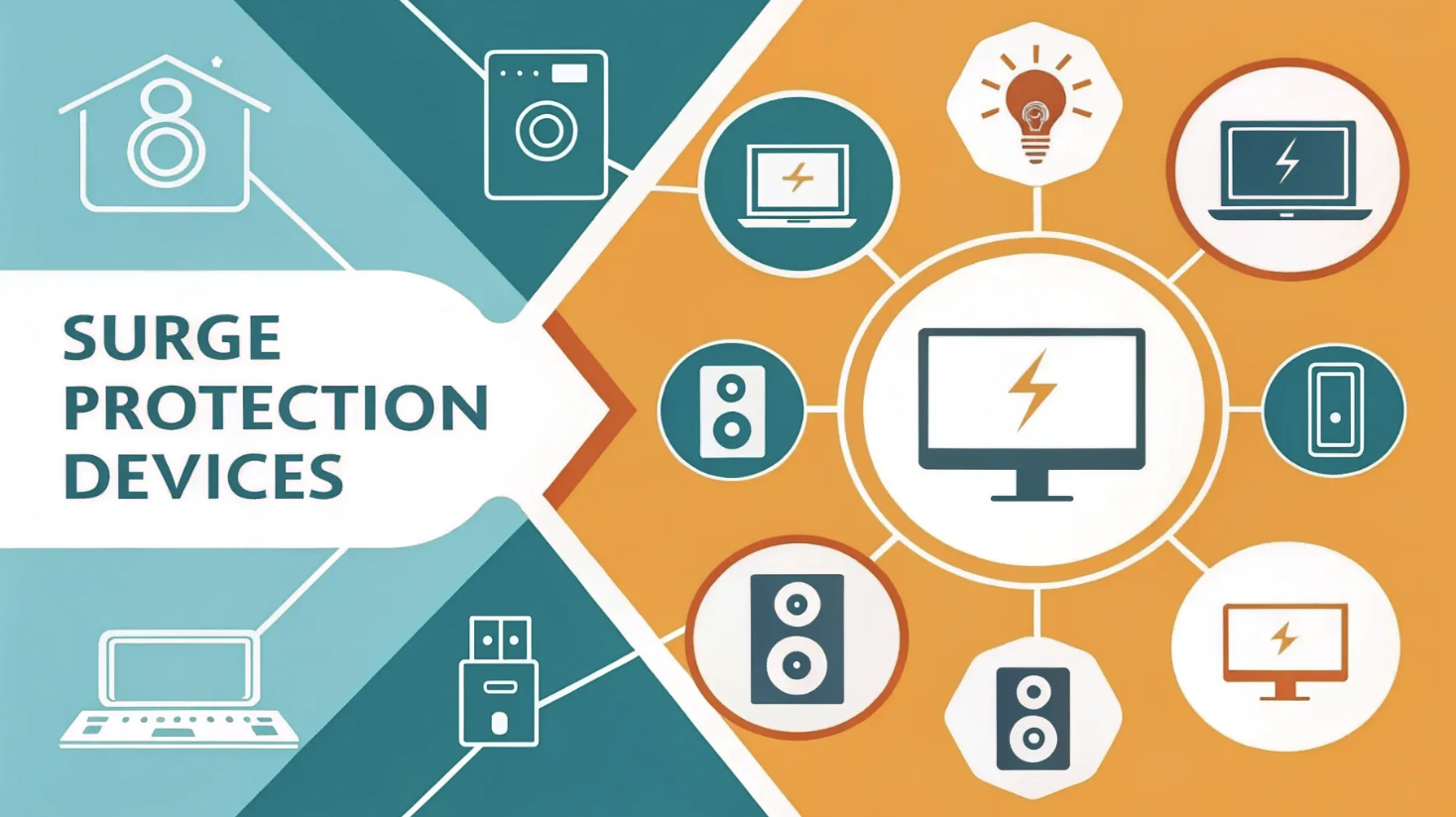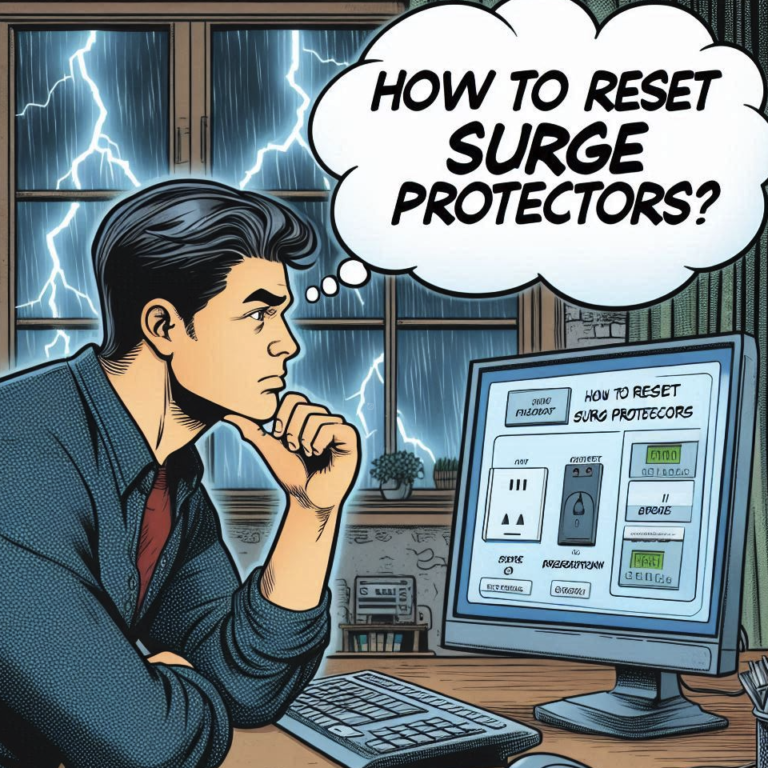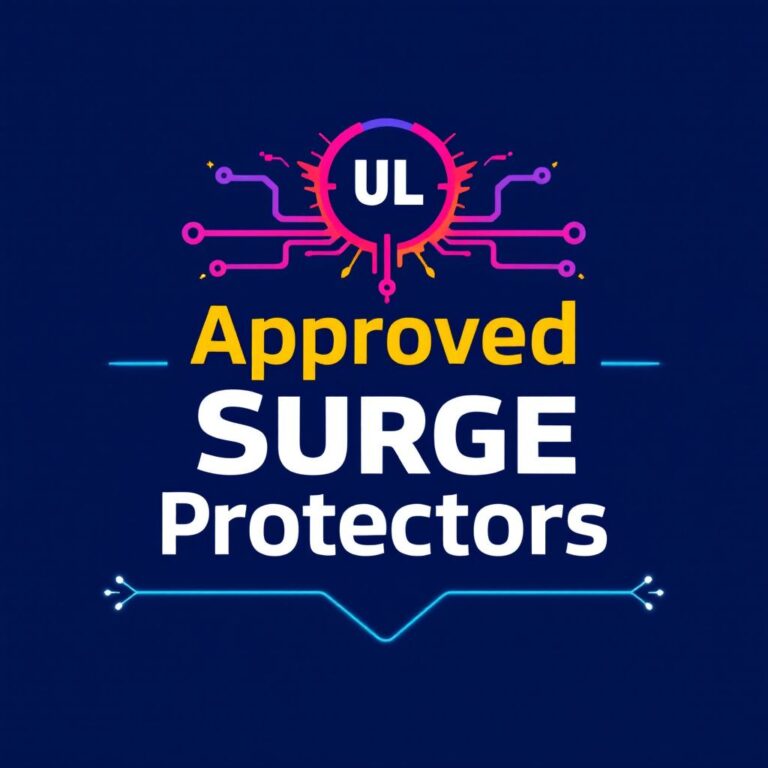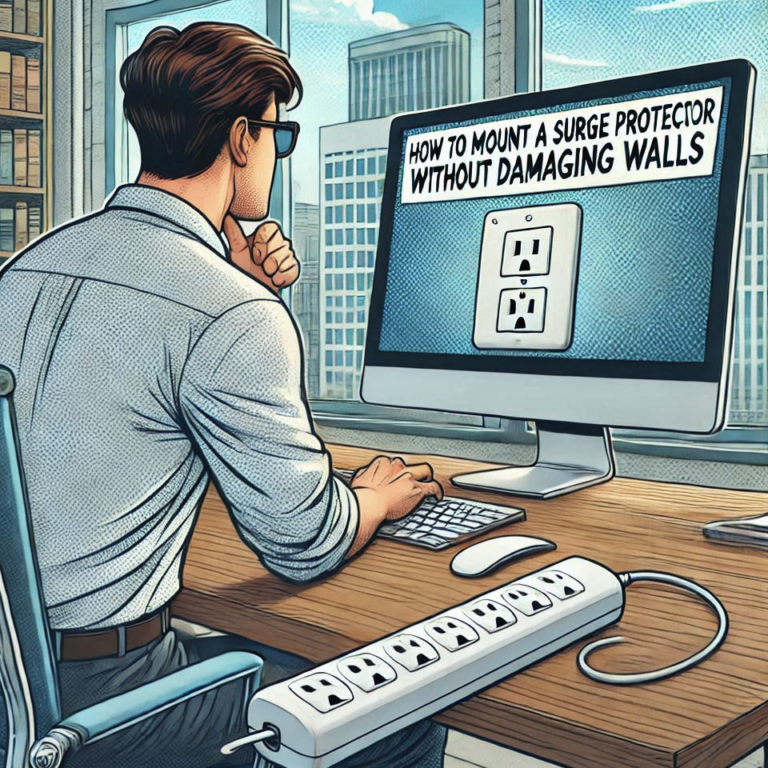What Makes a Good Surge Protector Worth Buying

I’ve seen firsthand how power surges can damage expensive electronics. A good surge protector acts as a shield, absorbing excess energy before it reaches your devices. But what makes a good surge protector worth buying?
Let’s start with key features like a high joule rating, which determines how much energy it can handle. Low clamping voltage ensures it activates quickly, while fast response time minimizes damage. UL certification guarantees safety and reliability. Power surges can result from electrical overloads, faulty wiring, lightning strikes, or tree limbs contacting power lines.
Surge protectors safeguard devices against these voltage spikes, offering additional features like USB ports and energy-saving modes for convenience.
Key Features of a Decent Surge Protector
Joule Rating
When I evaluate a surge protector, the joule rating is the first thing I check. This number tells me how much energy the device can absorb before it fails. A higher joule rating means better protection for your electronics.
-
A surge protector with a high joule rating can handle more energy from power surges, making it more effective.
-
It also lasts longer because surges have a cumulative effect. Each surge reduces the protector’s capacity, so a higher rating ensures it can withstand more surges over time.
A surge protector with 600 joules of protection works well for basic devices. However, I recommend choosing one with a higher joule rating for high-end electronics like gaming PCs or home theater systems. The more valuable your equipment, the more joules of protection you need.
Clamping Voltage
Clamping voltage is another critical feature I always consider. It determines the voltage level at which the surge suppressor activates to block excess energy. Lower clamping voltage means better protection for your devices.
-
For residential use, a clamping voltage of 330 volts or less is ideal.
-
If you’re installing a permanent surge suppressor, ensure the clamping voltage doesn’t exceed 400 volts.
This feature ensures that your devices are shielded from harmful voltage spikes before they can cause damage.
Response Time
Response time is equally important. It measures how quickly the surge protector reacts to a voltage spike. Faster response times mean your devices are protected almost instantly.
A slow response time can leave sensitive electronics vulnerable to damage. I always look for surge protectors with quick response times to ensure my devices are safe from sudden power surges. Whether it’s a lightning strike or a power fluctuation caused by an appliance, a fast-acting surge suppressor provides peace of mind.
UL Certification
When I choose the best surge protector, I always check for UL certification. This certification, provided by Underwriters Laboratories, assures me that the product has undergone rigorous testing. It evaluates the surge suppressor’s safety, electrical performance, and reliability. Products with this certification meet essential safety standards, which gives me confidence in their quality.
UL certification is not just a label. It represents a commitment to safety and durability. Independent third-party testing ensures that the surge protector meets industry standards overall. This unbiased evaluation guarantees that the product can handle electrical hazards effectively. I always prioritize surge suppressors with UL or ETL certifications because they are widely recognized and trusted in the industry. I’ve noticed that uncertified surge protectors often fail to deliver reliable protection. They might not activate during a power surge, exposing devices to damage.
A certified surge suppressor, on the other hand, provides peace of mind. It ensures that my electronics are safe from voltage spikes. Anyone looking to protect high-value equipment, UL certification is non-negotiable. It’s a clear indicator of quality and reliability. Whether you’re safeguarding a gaming PC or a home theater system, this certification ensures that the surge protector can handle the job.
I always recommend checking for this feature before making a purchase. It’s one of the easiest ways to identify the best surge protector.
Additional Features That Add Value to a Surge Protector
USB Ports
I always appreciate surge protectors that include USB ports. These ports make charging devices like smartphones, tablets, and cameras easy without extra adapters or outlets. This feature saves space and reduces clutter, especially in areas with limited power outlets. Some models even include a unique front grip design, making USB ports more accessible. This thoughtful addition simplifies connecting devices, whether I’m working at my desk or setting up a charging station in the living room. USB-equipped surge protectors also support data transfer, which adds another layer of convenience.
I always look for USB ports when choosing the best small surge protector for travel or home use. They enhance functionality and eliminate the need for separate charging hubs.
Warranties and Equipment Protection Policies
A good warranty gives me peace of mind. Many high-quality surge protectors come with warranties ranging from three to five years. Some even include equipment protection policies, covering repairing or replacing devices damaged while connected to the surge protector.
|
Warranty Duration |
Equipment Protection Policy |
|---|---|
|
3 to 5 years |
Covers repair or replacement of connected devices |
|
Validity |
Only valid if purchased from an authorized seller |
|
Registration |
No registration needed for warranty validation |
I always check the terms before buying. A solid warranty shows the manufacturer’s confidence in their product. It also ensures I’m protected if something goes wrong.
Energy-Saving Modes
Energy-saving modes are a game-changer. These features allow me to simultaneously cut power to multiple devices, preventing unnecessary energy consumption. For example, smart strips with energy-saving modes reduce standby electricity, often called vampire power. Devices like TVs and computers draw power even when turned off, but these surge protectors stop that waste.
Using an energy-efficient surge suppressor lowers my electricity bill and helps the environment. Reducing standby power consumption conserves natural resources and extends the life of my electronics. I always recommend these models for anyone looking to save money and reduce their carbon footprint.
Indicator Lights and Alarms
I always look for surge protectors with indicator lights and alarms. These features provide real-time feedback about the device’s status, protecting my electronics. They act as a communication tool, letting me know if the surge suppressor functions correctly or if an issue needs attention.
Indicator lights are especially useful for monitoring the health of the surge protector. For example, a “Protected” light confirms that the device is actively safeguarding my electronics. If this light goes off, it’s a clear sign that the surge suppressor has reached its limit and needs replacement.
Similarly, a “Grounded” light ensures the outlet is grounded correctly, which is essential for adequate surge protection.
Here’s a breakdown of common indicator lights and their purposes:
|
Indicator Light |
Purpose |
|---|---|
|
Protected |
Indicates that the surge protector is functioning correctly and protecting devices. |
|
Grounded / Earthed |
Confirms the surge protector is connected to a properly grounded outlet. |
|
Not Grounded / Not Earthed |
Warns that the outlet lacks proper grounding, reducing protection effectiveness. |
|
Over-Voltage |
Alerts to a voltage spike above the expected level. |
|
Under-Voltage |
Indicates a voltage dip below the expected level. |
|
Inrush Current / Over-Current |
Warns of excessive current drawn by a connected device. |
Alarms add another layer of security. They provide audible alerts for critical issues like over-voltage or grounding problems. This feature is particularly helpful in environments where indicator lights might go unnoticed. These features make a surge suppressor more reliable and user-friendly. They help me stay informed about potential risks, ensuring my devices remain safe.
I always recommend choosing a surge protector with both indicator lights and alarms for added peace of mind.
Common Mistakes to Avoid When Choosing a Surge Protector
Choosing Based Solely on Price
I’ve learned that price alone doesn’t determine the quality of a surge protector. Many people assume that a cheaper option will suffice, but this can lead to costly mistakes. An under-sized surge protector might fail to protect your devices during a power surge. In some cases, it may function as nothing more than a bare power strip, offering no real protection.
Cheaper models often lack essential features like indicator lights, which help monitor the device’s performance. Without these, you might not realize when the surge protector has worn out or stopped working. This oversight could leave your electronics vulnerable to damage. I always recommend investing in a reliable surge protector when protecting high-value electronics like a gaming PC or TV. Spending more upfront can save you from expensive repairs or replacements later.
Ignoring Certifications
Certifications are critical when choosing a surge protector. I always check for UL certification, which ensures the product meets strict safety and performance standards. A surge protector labeled as “UL Listed” or “UL 1449 Listed” provides a higher level of reliability.
Without proper certification, there’s no guarantee the surge protector will perform as advertised. Uncertified models might fail during a surge, leaving your devices unprotected. For me, this is non-negotiable. I want to know that my surge protector has been rigorously tested and proven effective.
Overlooking Device Compatibility
Not all surge protectors are suitable for every device. I’ve seen people use a low-rated surge protector for a gaming PC or TV, only to find it doesn’t provide enough protection. Different devices require different joule ratings. For example, a surge protector for extension cords used with basic appliances might not handle the demands of high-end electronics.
It’s also important to consider the number of outlets and USB ports. A surge protector for a gaming PC should have enough outlets for all peripherals, while one for a TV setup might need space for streaming devices and sound systems. Choosing the right surge protector ensures your devices stay safe and functional.
Not Considering Long-Term Use
I’ve noticed that many people overlook the importance of long-term use when choosing a surge protector. This mistake can lead to unnecessary expenses and frustration down the road. Surge protectors don’t last forever. They have a finite lifespan because each power surge they absorb reduces their capacity to protect your devices.
Regular exposure to power surges wears out the internal components of a surge protector. Over time, this degradation can leave your electronics vulnerable to damage. I always recommend selecting a surge protector with a higher joule rating. A higher rating ensures it can handle more surges before it needs replacement. For example, a model with 2,000 joules will last longer than one with only 600 joules, especially in areas prone to frequent power fluctuations.
Another factor I consider is the warranty.
A longer warranty often indicates better durability and reliability. Many high-quality surge protectors come with warranties of five years or more. Some even include equipment protection policies, which cover the cost of repairing or replacing devices damaged while connected to the surge protector. This feature provides added peace of mind and long-term value.
Here’s a quick comparison of surge protector features for long-term use:
|
Feature |
Why It Matters |
|---|---|
|
High Joule Rating |
Absorbs more energy over time, extending the lifespan of the surge protector. |
|
Long Warranty |
Indicates the manufacturer’s confidence in the product’s durability. |
|
Equipment Protection Plan |
Covers repair or replacement costs for connected devices in case of failure. |
|
Durable Build Quality |
Ensures the surge protector can withstand frequent use and environmental factors. |
Investing in a quality surge protector saves money in the long run. It prevents costly repairs or replacements for expensive electronics. I always advise considering these factors to ensure your devices stay protected for years to come.
A good surge protector is more than just a device; it safeguards your valuable electronics. I always focus on key features like joule rating, clamping voltage, and UL certification to ensure reliable protection. These factors help me choose the best surge protector for my needs, whether it’s a surge protector for gaming PC setups or a surge protector for TV systems. I’ve learned that selecting the right type matters.
For compact spaces, I prefer wall-mounted options. For travel, the best small surge protector offers convenience and safety. Avoiding common mistakes, like assuming all power strips provide surge protection, has saved me from costly errors.
Investing in high-quality surge protectors offers long-term benefits. They protect electronics, reduce repair costs, and enhance device longevity. The best surge protectors provide added value with features like USB ports and energy-saving modes. Understanding what makes a good surge protector ensures I can confidently protect my devices from unexpected power surges.






